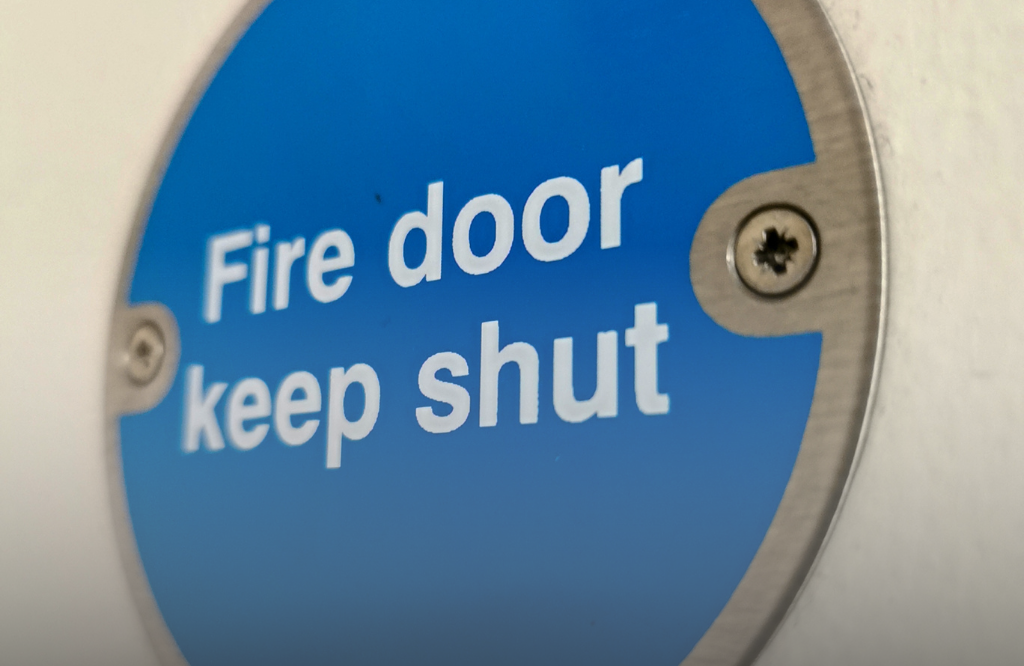When it comes to fire safety in the workplace, few things are as important as fire doors. Furthermore, these doors are your first line of defence in slowing the spread of fire and smoke. But to do their job effectively, they must be in top condition. That’s where a fire door inspection comes in.
If you’re an employer, you have a legal responsibility to ensure your fire doors are inspected and maintained. Neglecting this task can put your staff at risk and lead to significant consequences. But what exactly does a fire door inspection involve? Let’s find out.

Understanding the Role of Fire Doors
Fire doors are designed to save lives. They create a barrier that slows the spread of fire and toxic smoke, giving people time to escape. They also help protect property by containing the fire within specific areas. However, for fire doors to function properly, regular fire door maintenance and inspections are essential.
Key Elements of a Fire Door Inspection
A thorough fire door inspection involves checking several critical components. Here are the key areas an inspector will assess:
1. The Door’s Integrity
The door itself must be free from damage like cracks, warping or holes. Even minor defects can compromise its ability to withstand fire.
2. Intumescent Strips
Inspectors will check the intumescent strips, which expand in high heat to seal gaps. These strips must be undamaged and correctly fitted.
3. Hinges and Closures
Every hinge must be secure, and the self-closing mechanism should work smoothly. This ensures the door shuts completely after use.
4. Gaps Around the Door
The gap between the door and its frame must be no more than 4mm. Larger gaps can allow smoke to pass through, increasing risks during a fire.
5. Signage and Labels
Fire doors should have the correct signage, such as “Fire Door – Keep Shut.” Labels confirming compliance with safety standards are also essential.
6. Locks and Latches
Inspectors will ensure that locks and latches are functional but do not obstruct the door’s ability to close fully in an emergency.

Why Regular Inspections Are Important?
Regular inspections are vital for workplace safety. Over time, wear and tear can affect a fire door’s performance. For example, damaged intumescent strips or misaligned hinges can render the door ineffective. Regular checks identify these issues before they become serious hazards.
As an employer, keeping your fire doors in good condition is more than a moral obligation; it’s a legal responsibility. Failure to comply with fire safety regulations can result in fines or prosecution. Worse still, it could lead to injuries or loss of life in the event of a fire.
What Happens After an Inspection?
After a fire door inspection, the findings are recorded and any necessary repairs or adjustments are highlighted. Addressing these promptly ensures your fire doors remain compliant and ready to protect your workplace.
Most importantly, maintaining your fire doors reduces risks, providing peace of mind that your staff and property are safe.

How We Can Help
Ensuring workplace safety can feel daunting, but you don’t have to do it alone. Our team specialises in fire door maintenance and inspections, helping you meet your legal responsibilities with ease. We’re here to provide expert advice and practical support every step of the way.
